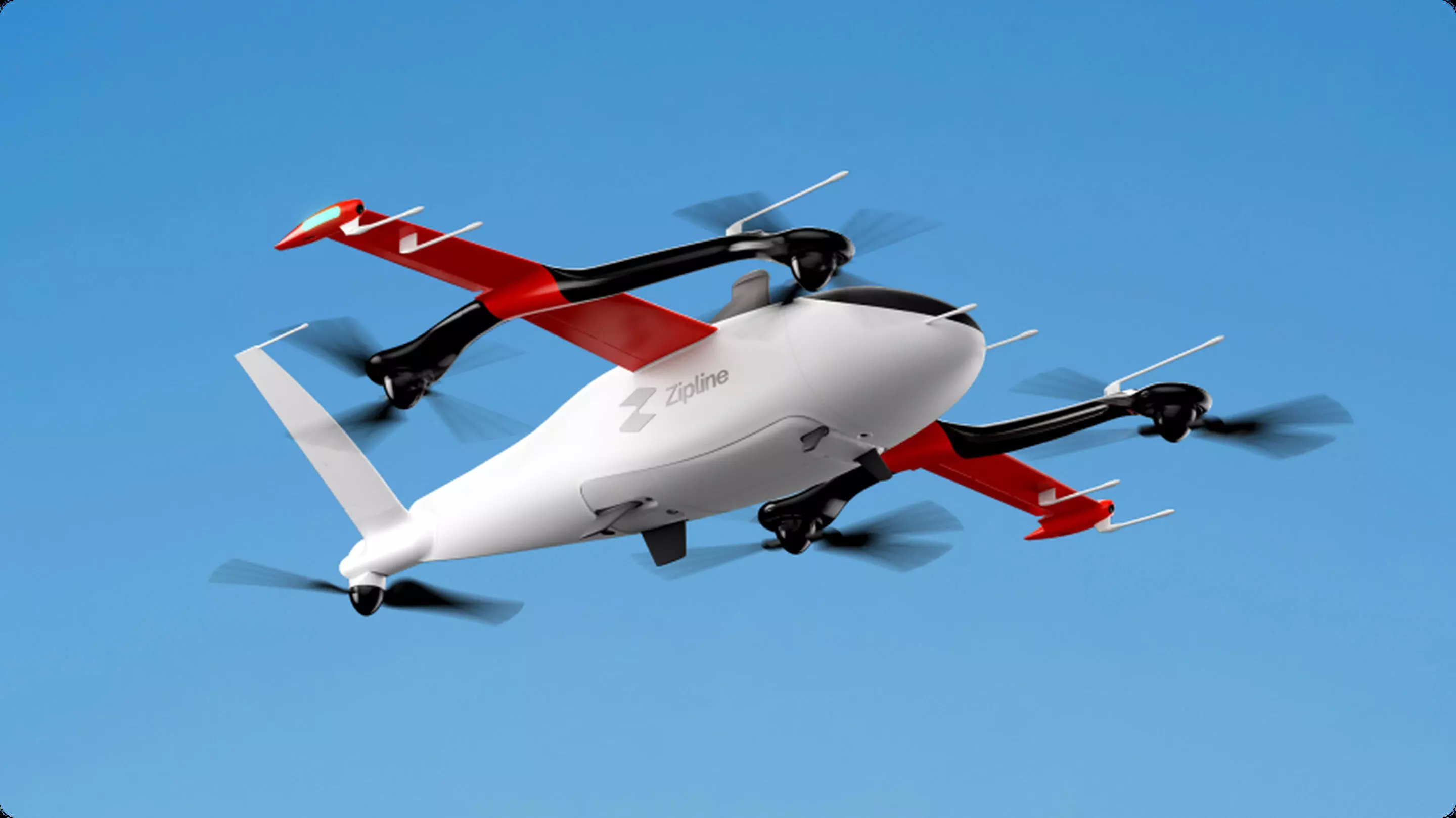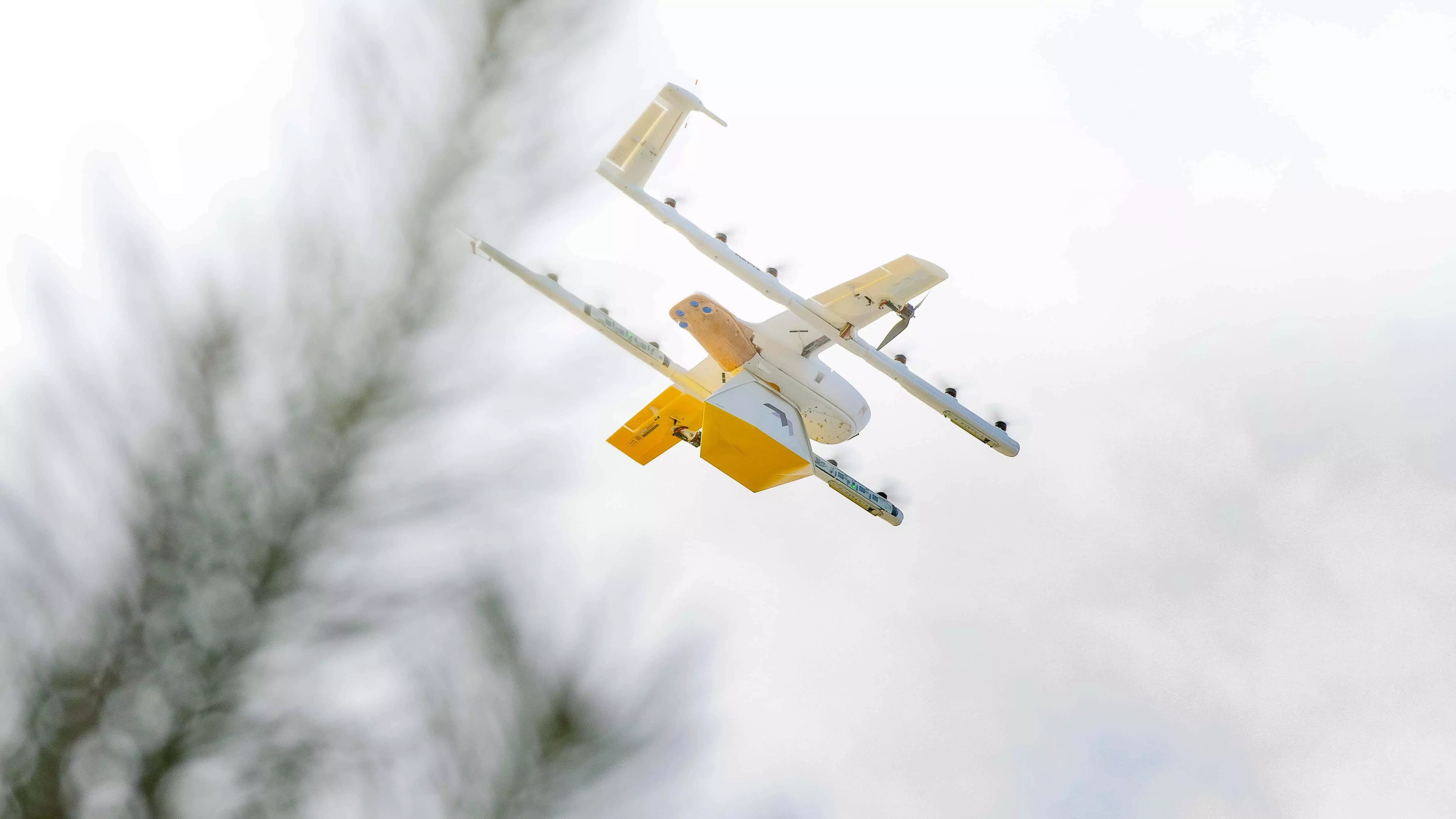In a groundbreaking move for U.S. aviation, the Federal Aviation Administration (FAA) recently authorised commercial drone flights without visual observers in the Dallas-area airspace. The historic decision allows Zipline International and Wing, a part of Google’s parent company, Alphabet, to conduct Beyond Visual Line of Sight (BVLOS) drone deliveries while maintaining safe separation using Unmanned Aircraft System Traffic Management (UTM) technology.
The FAA’s official statement explains: “In this system, the industry manages the airspace with rigorous FAA safety oversight.” This marks a significant shift from typical drone operations where pilots must always maintain visual contact with their aircraft.
A Wing spokesperson stated that the recent authorisation introduces a crucial advancement: the ability to manage shared airspace using UTM. The company had previously received its BVLOS approval for operations without visual observers in December 2023.
“Our letter of authorisation for managing the airspace with UTM allows us to share the airspace with other complex, commercial BVLOS drone operations,” says a spokesperson of Wing. “The recent news allows BVLOS operators to overlap with each other, avoiding conflicts via UTM. This is a noteworthy milestone toward increasingly scaled BVLOS operations.”
Safety remains a top priority for BVLOS operations. Wing’s approach involves flying within underutilised airspace over populated areas and conducting comprehensive aviation community outreach. The company employs a holistic strategy that focuses on avoiding potential conflicts before flights take off and utilises in-flight detect-and-avoid systems for an additional layer of safety.
The integration of UTM technology is crucial for this new phase of operations. Using UTM services, companies can share data and planned flight routes with other authorised airspace users. “This allows the operators to safely organise and manage drone flights around each other in shared airspace. All flights occur below 400 feet altitude and away from any crewed aircraft,” the FAA statement clarified.
The UTM is seamlessly integrated into Wing’s existing drone fleet. With the recent approval, the operators’ UTM systems can now communicate and coordinate more effectively, allowing them to share airspace. Wing’s spokesperson elaborated, “This is coordinated via the Linux Foundation’s InterUSS Platform automated open-source test that confirms each operator meets the criteria and is interoperable. When both companies have a BVLOS flight, they will digitally deconflict from each other. Industry manages the sharing of the airspace through UTM with FAA oversight.”
Regarding operational specifics, Wing’s BVLOS-approved drones have an approximate 2.5lb payload capacity and serve customers within a six-mile radius from their nests.

The development aligns with a growing trend in the drone delivery sector. The number of packages delivered by drone increased by more than 80 percent from 2021 to 2022, reaching almost 875,000 deliveries worldwide, according to a 2023 McKinsey & Company report. It also notes that, as of September 2023, the FAA had approved BVLOS operations under specific conditions and geographic locations without the need for Visual Observers at seven test sites for UPS Flight Forward and Zipline.
The FAA expects initial flights using UTM services to begin in August 2024 and plans to issue more authorisations in the Dallas area soon. The development opens up new business opportunities not just for drone delivery but also for other drone services such as infrastructure inspections.

Looking ahead, the FAA is working on releasing the Normalising UAS BVLOS Notice of Proposed Rulemaking (NPRM), which would enable drone operators to expand operations while maintaining the same high level of safety as traditional aviation. “We are on track to release the NPRM this year, following strong Congressional support in the recent FAA reauthorisation,” the FAA statement concluded.
The authorisation represents a significant step forward in the drone industry, demonstrating how advanced traffic management systems can enable multiple drone service providers to safely and efficiently share airspace. As regulations evolve and operations scale up, drone delivery could offer significant sustainability benefits. The McKinsey report also highlights that per-package emissions for drone delivery are only 15-20 percent of the amount emitted for single-package delivery via a vehicle with an internal combustion engine.
As the industry continues to evolve, such developments will likely accelerate the integration of drones into everyday life, transforming various sectors from delivery services to infrastructure management. The combination of regulatory advancements, technological innovations, and potential environmental benefits positions drone delivery as a promising solution for the future of logistics.




















